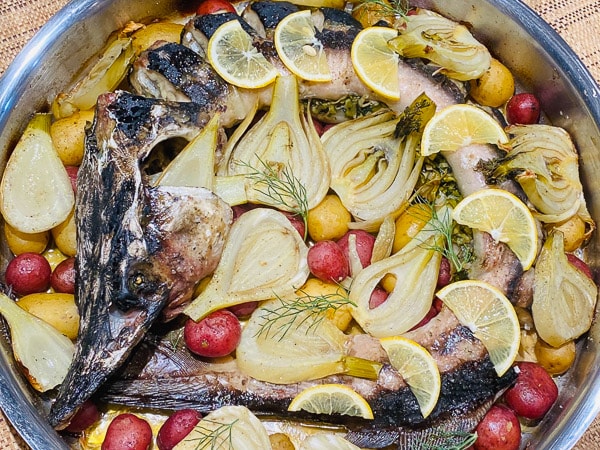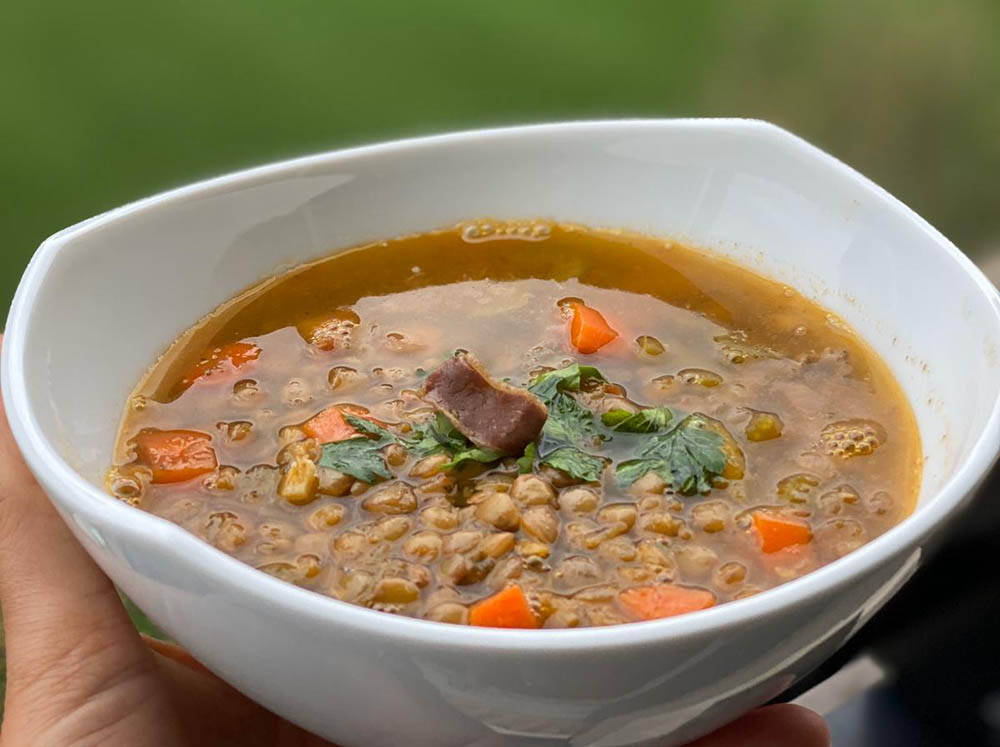Exploring Alternative Flours: Gluten-Free, Nut-Based, and Ancient Grain Flours
Are you looking to add more flavour and nutrition to your baking without relying on the same old all-purpose flour? Reshape your perspective of baking with alternative flours - gluten-free, nut-based and ancient grain flours. Alternative flours allow for a whole new world of culinary inspiration as they offer taste variations, nutrient contents and texture unlike many traditional grains. In this blog post, we explore the why and how of alternately sourced ingredients while introducing exchanges that can be easily made in favorite recipes. Discover the added benefits these alternative flours will bring to your cooking!
Introducing Flours for the Adventurous Baker – Overview of different types of alternative flours
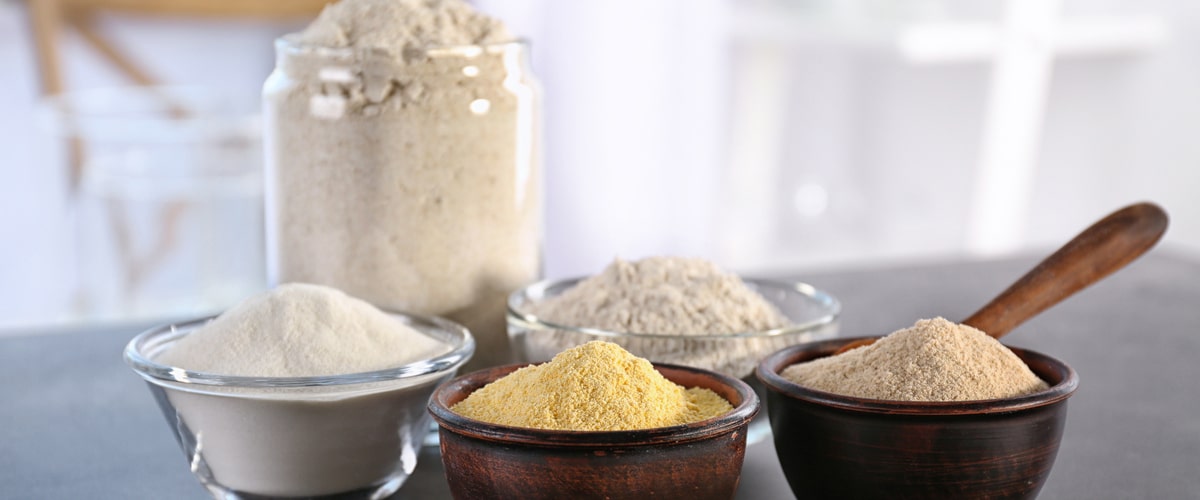
For the adventurous home baker, there's a world of possibilities beyond all-purpose flour. With the rise of alternative diets and interest in unique flavors, a variety of new flours have gained popularity. Almond flour, made from finely ground almonds, adds a nutty flavor and crumbly texture to baked goods. Coconut flour, made from the dried and ground meat of coconuts, is gluten-free and high in fiber. Buckwheat flour, despite its name, is not related to wheat and is a great option for those with gluten sensitivities. The earthy, slightly sweet flavor of spelt flour makes it a favorite for baking bread. So, whether you're experimenting with a new recipe or looking for a flour to suit your dietary needs, these alternative flours are worth exploring.
Gluten-Free Flours – Benefits, Types, and Tips for Use
For those with celiac disease, gluten sensitivity, or just looking to cut gluten out of their diet, there are a variety of gluten-free flours available that not only serve as nutritious substitutes but also open up the door to endless culinary possibilities. From almond flour to chickpea flour, each type of gluten-free flour offers its own unique benefits and flavors. Best of all, they can be used in a variety of dishes, from baked goods to savory dishes like sauces and soups. With a bit of experimentation and some helpful tips, anyone can confidently incorporate gluten-free flours into their cooking and baking repertoire.
Nut-Based Flours – Benefits, Types, and Tips for Use
Nut-based flours are gaining popularity among health enthusiasts and people with dietary restrictions. These flours are made from ground nuts such as almonds, hazelnuts, and cashews, and are a great alternative to traditional wheat flour. Nut-based flours have various benefits, including being gluten-free, low in carbs, and high in protein and healthy fats. There are several types of nut-based flours available in the market, each with its unique taste and nutritional profile. Some popular types include almond flour, hazelnut flour, and cashew flour. When using nut-based flours in baked goods, it is essential to remember that they have different properties compared to wheat flour, requiring different ratios of liquid ingredients and baking time. However, with some experimentation and creativity, nut-based flours can add a delicious and nutritious twist to your favorite recipes.
Ancient Grain Flours – Benefits, Types, and Tips for use
In recent years, there has been an increasing interest in ancient grain flours. These flours, made from grains that have been largely unchanged for thousands of years, offer a range of benefits from their impressive nutritional profiles to their unique flavors and textures. One of the most well-known ancient grains is quinoa, but there are many others to choose from, such as einkorn, spelt, and teff. When it comes to using these flours, there are a few tips to keep in mind for the best results. For one, they tend to be denser than traditional flours, so it's important to adjust your recipes accordingly. It's also a good idea to combine them with other flours or ingredients to balance out their distinct tastes. With some experimentation and a willingness to try something new, ancient grain flours can add a healthy and delicious element to your cooking and baking.
Storing Alternative Flours – How to store flours correctly to ensure optimal freshness and quality
Alternative flours have become increasingly popular in recent years, allowing individuals with gluten sensitivities or those simply looking for healthier options to enjoy baked goods. However, proper storage of these flours is critical to maintaining their quality and freshness. The key is to keep them in an airtight container in a cool, dry place. Moisture and heat can cause the flours to spoil or become rancid. Additionally, it's important to label the containers with the type of flour and date of purchase. This ensures that you can use the oldest flour first and avoid waste. With these simple tips, you can continue enjoying the benefits of alternative flours long after you've brought them home.
Recipes Featuring Alternative Flours – Delicious recipes that will make you reconsider your baking habits!
Are you tired of the same old recipes that call for plain old all-purpose flour? It's time to switch things up with some alternative flours! Not only do they offer a deliciously unique flavor, but they are also packed with nutrients. From almond flour to coconut flour to oat flour, there are so many options to choose from. And the best part? You can use these flours in your favorite baked goods without sacrificing taste or texture. Say goodbye to boring, bland baking and hello to a whole new world of flavor. These recipes will make you reconsider your baking habits and leave you wanting more!
Almond Flour Chocolate Chip Cookies
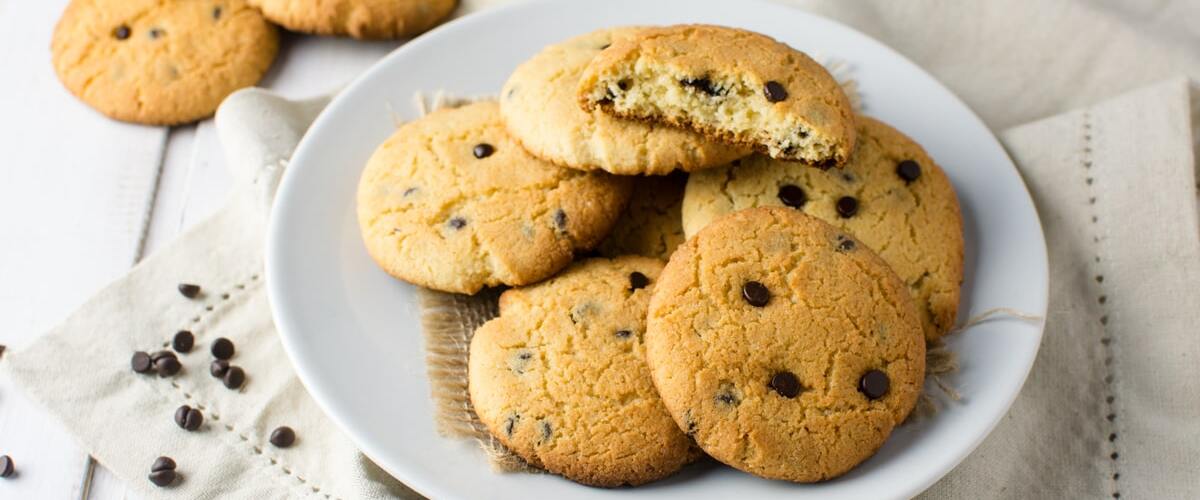
Kick-off your adventurous baking journey with these delicious almond flour chocolate chip cookies. These are gluten-free and perfect for a sweet treat.
Ingredients:
- 2 cups almond flour
- 1/2 tsp baking soda
- 1/4 tsp salt
- 1/4 cup coconut oil (melted)
- 1/4 cup maple syrup
- 1 tsp vanilla extract
- 1/2 cup chocolate chips
Instructions:
- Preheat your oven to 350°F and line a baking sheet with parchment paper.
- In a large bowl, mix together the almond flour, baking soda, and salt.
- In a separate bowl, stir together the melted coconut oil, maple syrup, and vanilla extract.
- Add the wet ingredients to the dry and stir until a dough forms. Fold in the chocolate chips.
- Drop spoonfuls of dough onto the prepared baking sheet, flattening slightly.
- Bake for about 10-12 minutes or until edges are golden. Allow them to cool before eating.
Coconut Flour Pancakes
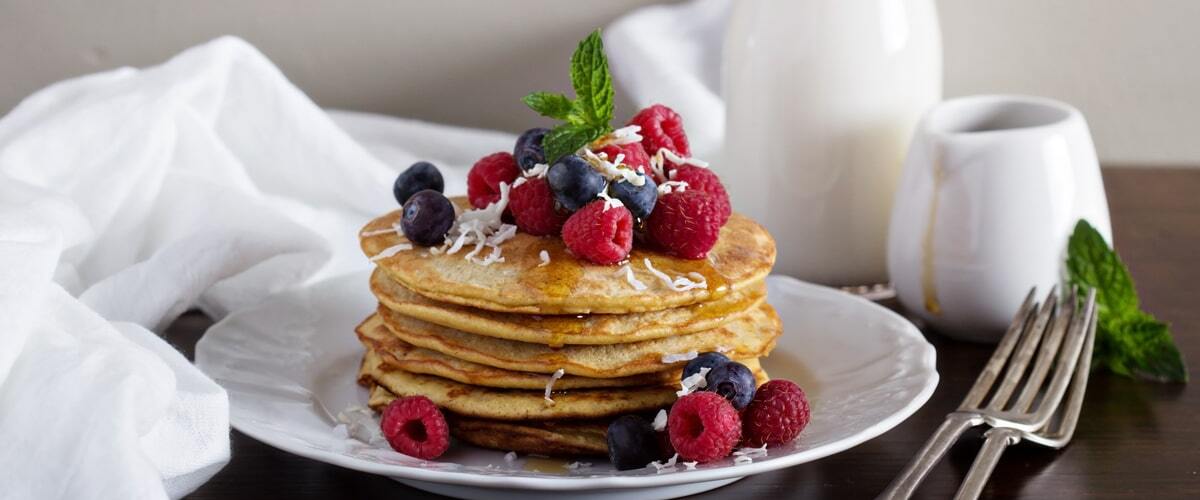
Next, try out these fluffy coconut flour pancakes for a healthy and delicious breakfast.
Ingredients:
- 4 eggs
- 1 cup milk (any variety)
- 2 tsp vanilla extract
- 1/2 cup coconut flour
- 1 tsp baking powder
- 1/4 tsp salt
- Butter or coconut oil for the pan
- Your favorite pancake toppings
Instructions:
- In a large bowl, whisk together the eggs, milk, and vanilla.
- In another bowl, mix the coconut flour, baking powder, and salt.
- Gradually add the dry ingredients into the wet, stirring until the batter is smooth.
- Heat a large skillet over medium heat and grease with butter or coconut oil.
- Pour 1/4 cup of batter onto the skillet for each pancake. Cook until the edges are set and bubbles form on the surface, then flip and cook until golden.
- Serve your pancakes with your favorite toppings. Enjoy!
As we've seen through this blog post, there is a whole world of alternative flours that can elevate your baking game in both taste and health benefits. Whether you're looking for gluten-free options or just want to try something different, there's sure to be an option to suit your needs. With the proper storage and creative use of these flour varieties, you can create delicious meals at home that are both nourishing and exciting. From breakfast treats to dinner entrees, you're only limited by your imagination. We hope armed with this information, you'll feel confident enough to experiment and explore these wonderful flours - let the adventure begin!




